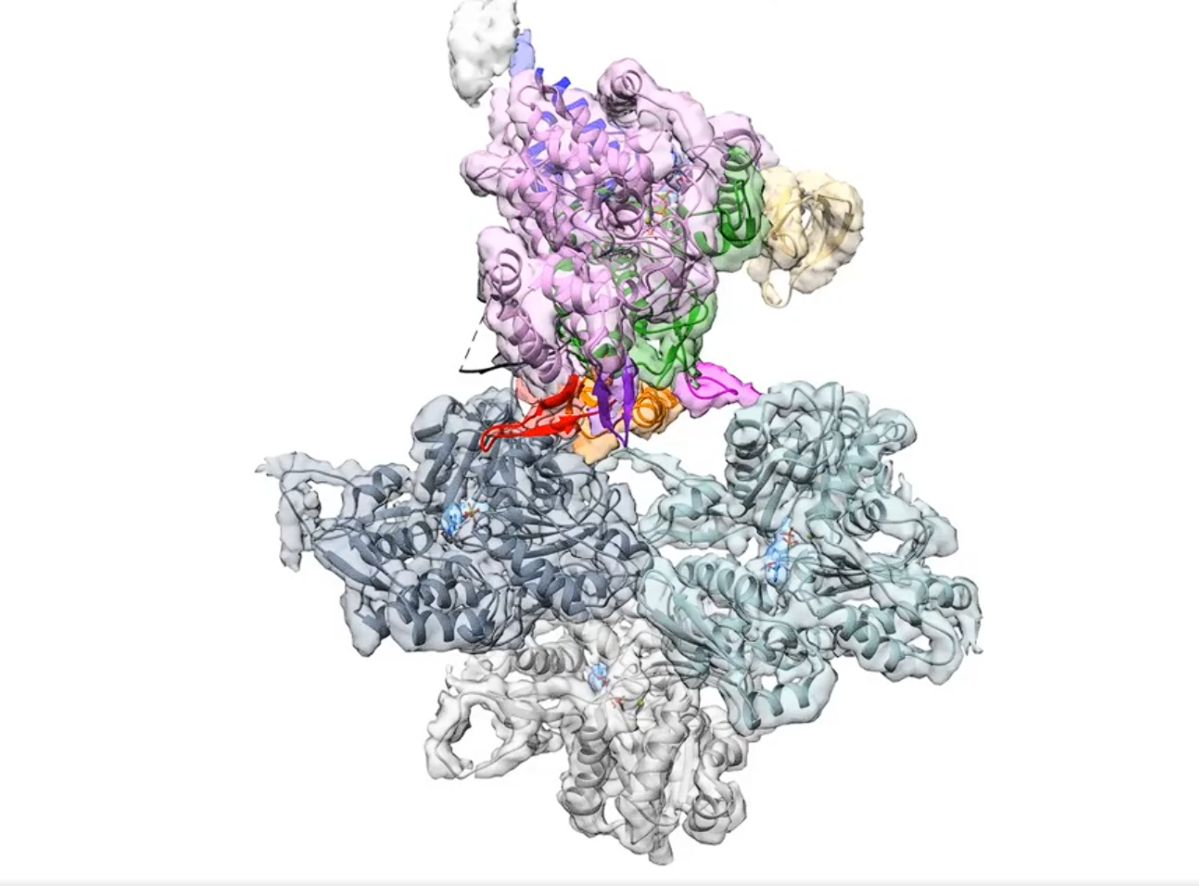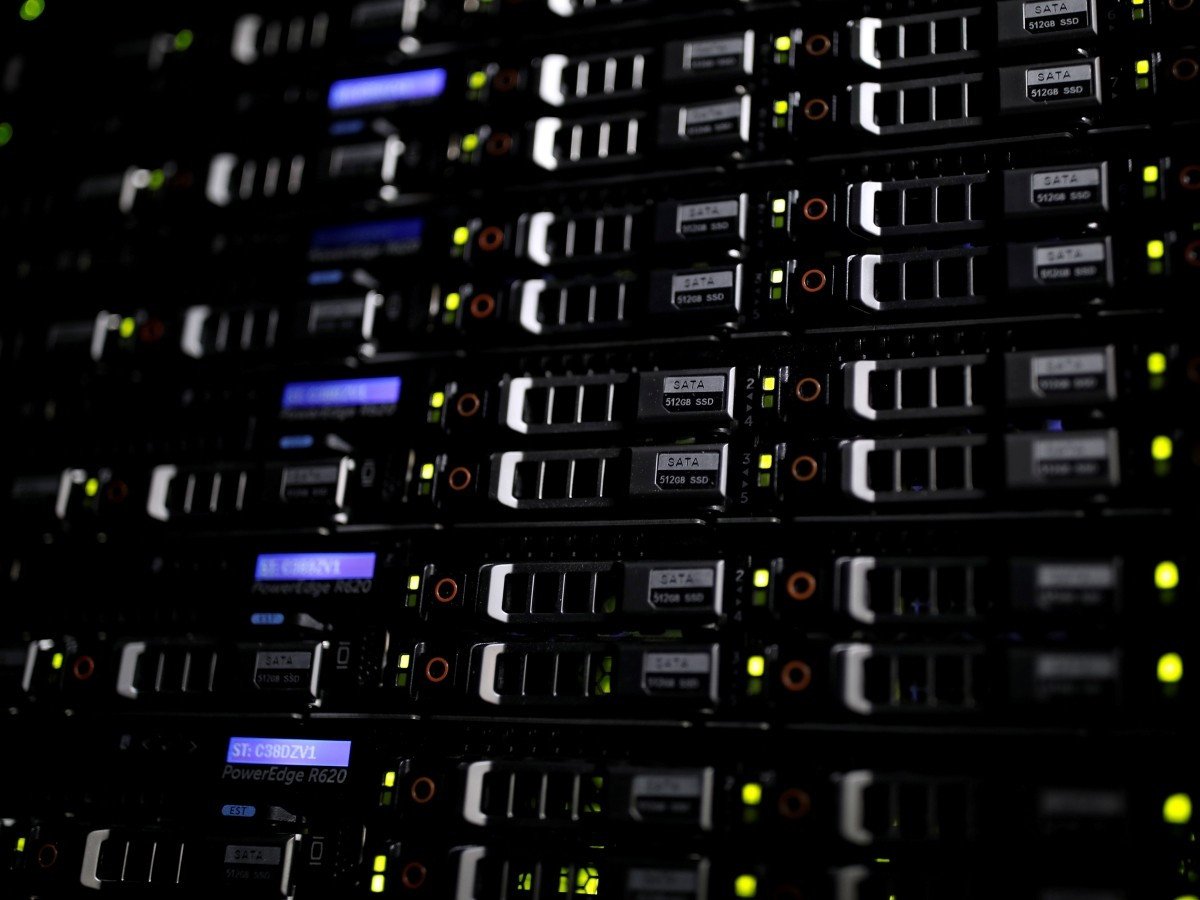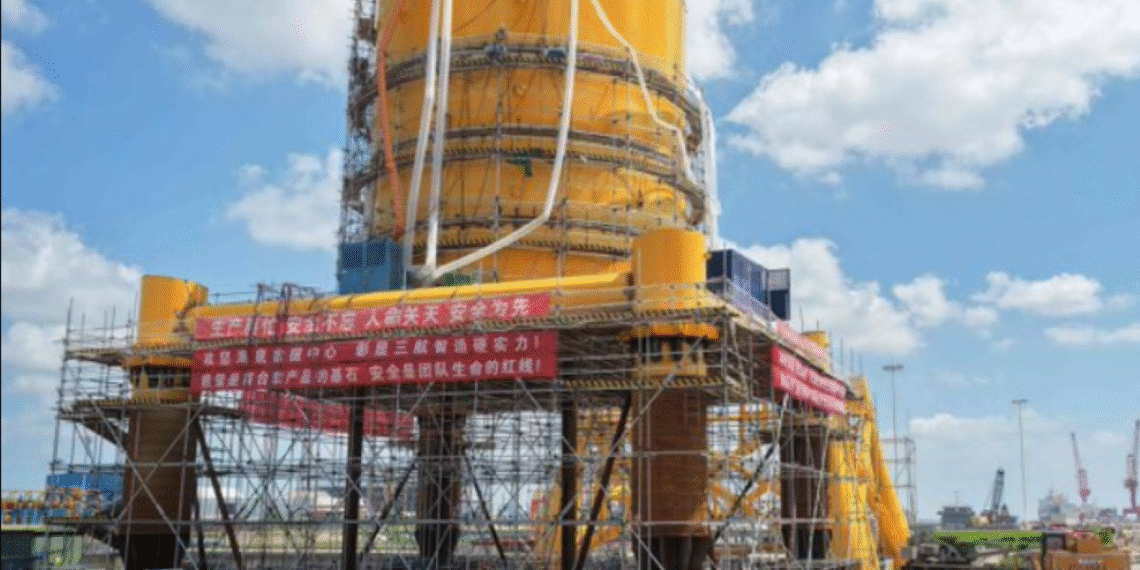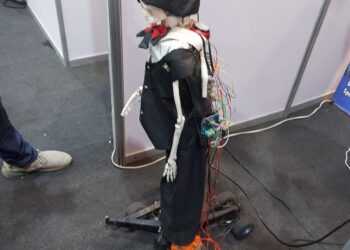Select Language:
China’s Deep Dive into Data—Quite Literally
Underwater data center under construction at a shipyard in Nantong, eastern Jiangsu province, developed by Chinese maritime tech firm Highlander. Source: x.com/japantimes
China has truly taken this idea to a new level.
They’re building a server pod near Shanghai that will be submerged underwater to cut cooling costs by about 90%, they claim.
Highlander, the Chinese company behind this project, plans to sink the servers later this month. Once operational, China Telecom is expected to be among the first customers.
Of course, saltwater and electronics don’t play well together, so extensive safety measures had to be implemented before this venture could proceed.
While underwater data centers aren’t entirely new—Microsoft tested a similar setup off the coast of Scotland in 2024, and China has been involved in an underwater project since 2023 in Hainan—this marks an improvement. Building data centers on land is costly due to cooling expenses, but Highlander claims 95% of their energy is sourced from renewable resources.
Water and electricity are the key challenges when constructing data centers. If more nations and companies adopt this approach, it could benefit the environment and reduce operational costs. However, experts are worried about ocean warming from the continuous heat output of data centers.
Further research is essential to weigh the benefits against potential environmental tradeoffs.
Biological Warfare 2.0
 Structure of the protein myosin. Source: x.com/NikoMcCarty
Structure of the protein myosin. Source: x.com/NikoMcCarty
A team of researchers led by Microsoft uncovered a “biological zero day”—an undetected security flaw in DNA screening systems. AI can now design unique toxins that evade current biosecurity checks because they don’t match anything known.
DNA synthesis companies typically scan their transcribed sequences against databases of known dangerous substances. If anything appears suspicious, human experts step in. This method has been in place for years, with governments collaborating closely with industries to prevent new threats, expanding screening from simple sequences to larger proteins.
Problems arise because multiple DNA sequences can encode the same protein, and different proteins can perform similar functions, including toxicity. After testing various screening methods, researchers found that only 1-3% of out of 75,000 variants of 72 toxins went undetected.
This is somewhat reassuring—AI tends to generate non-functional proteins more often than dangerous ones. Overall, weaponizing this technology remains difficult, because an attacker would need to order numerous sequences to find one that both acts as a toxin and bypasses screening. Yet, as AI tools improve, they may increasingly produce toxins that are both effective and undetectable at higher rates.
To counter this threat, developing advanced biosecurity software and more sophisticated screening protocols is critical.
The Coming Crisis in Memory and Data Storage
 Source: Reuters
Source: Reuters
“Today, I’ll set up thousands of data centers that demand massive resources to build and operate. Surely, this won’t lead to any unforeseen global issues.”
First, AI took our jobs. Then, data centers drove up your electricity bills. Now, there’s talk of underwater data centers and AI-generated toxic proteins that could potentially be weaponized.
The good news keeps getting trickier to find.
The worldwide memory chip market—including NAND, DRAM, and HDDs—is heading toward a severe supply shortage that could last a decade, fueled by the skyrocketing demand for AI data centers and the slow pace of production growth.
Prices for SSDs, RAM, and even hard drives are climbing again. Large firms are pre-purchasing future supplies of memory chips years in advance to support the training of large language models and more advanced AI systems, which is only tightening supply for everyone else.
Meanwhile, manufacturers are cutting back on investments in NAND and DRAM production, which take years and billions of dollars to develop.
Trade disputes and tariff wars are further constraining supply chains, exacerbating the shortage.
Experts warn that the AI industry might be experiencing another bubble, similar to the dot-com era. Much of the current investment might not pay off, and investors are growing more cautious about sinking money into AI projects.
Read: The Age of Uncertainty: AI’s Impact on Jobs and Policy
If you’re in the market for a high-performance PC—whether for work or gaming—it’s probably best to buy sooner rather than later, as prices are unlikely to drop anytime soon.







